Last week, Bose unveiled a new version of its Smart Soundbar – and it has a really interesting idea about surround sound. If you have a pair of Bose Ultra Open Earbuds, you can use them as your surround speakers.
If you’re thinking “ach, Apple does that with AirPods already” or “don’t those Sonos Ace headphones do that with the Arc?” this is something very different. With Sonos and Apple’s approach, the listening apparatus strapped to your head make up all of the speakers: they’re the entire audio system and there’s no sound coming from the connected ‘bar. But with Bose, your earbuds are only being used as surround sound speakers; the rear channel speakers in a traditional setup. The soundbar still does all the heavy lifting for dialog, low-end thump and all the dynamic stuff. And your earbuds take care of the placement and ambience.
That’s why this feature is only currently available for the Ultra Open buds. Their design means that unlike normal over- or in-ears, they let outside audio in rather than blocking or muffling it. So in theory at least, they shouldn’t interfere with the audio from your soundbar. Instead, they’ll add an extra dimension to it – think bullets flying over your shoulder, grazing your ears.
Bose’s Smart Soundbar surround really is a smart idea

The proof is in the listening, of course. But we’ve tested the Bose Ultra Open Earbuds so we know they sound fantastic; in fact, we rate them as the best-sounding open-ear buds yet. We haven’t yet tried them with the Smart Soundbar yet, but we have listened to their Immersive Audio, which is what Bose calls Spatial Audio, and we found it very impressive. Crucially, we found that they blended their own audio with the outside world really well: we didn’t feel any disconnect between the audio in our ears and the audio around us.
I think there are some significant benefits to this system, and one big downside. The big benefit is convenience: I recently moved house and setting up my AV system was a real pain, especially for the rear surround and the Atmos speakers. I spent many hours, ran many metres of cabling and uttered many swears to get my surround speakers in the right place; with the Bose system I could have skipped all that and simply stuck the buds in my ears.

The downside? As far as I can see, this is a strictly one-pair deal – so if you want to watch with a partner, friend or family member then this system isn’t going to support that. But for solo viewing it could be a really impressive alternative to traditional surround speakers.
The new Bose Smart Soundbar is a refresh of the existing Bose Smart Soundbar 600, featuring the same small, sleek design and boasting the “size-defying immersive audio of its predecessor while introducing something new: A.I. Dialogue Mode”. This is a feature that arrived in the Bose Smart Ultra Soundbar last fall. It uses a machine learning algorithm to adjust tonal balance for clarity in real-time when it detects speech.
Want to try it all out? Us too – watch this space, although if you’re already sold, the Bose Smart Soundbar will be available for purchase in black for £499.95 from October 10th in the UK, with customers able to pre-order now. We don’t currently see pre-orders available in other regions, but that pricing puts it at roughly $665 or AU$975. Tempting…

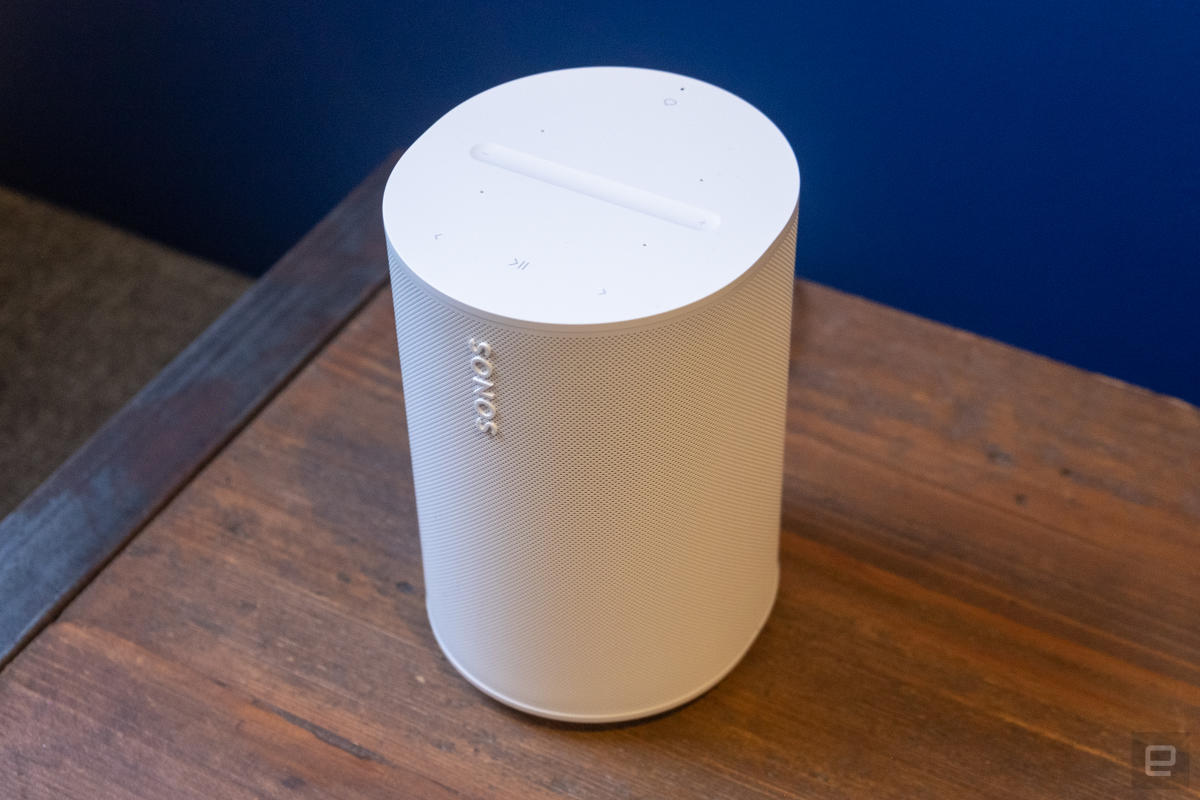
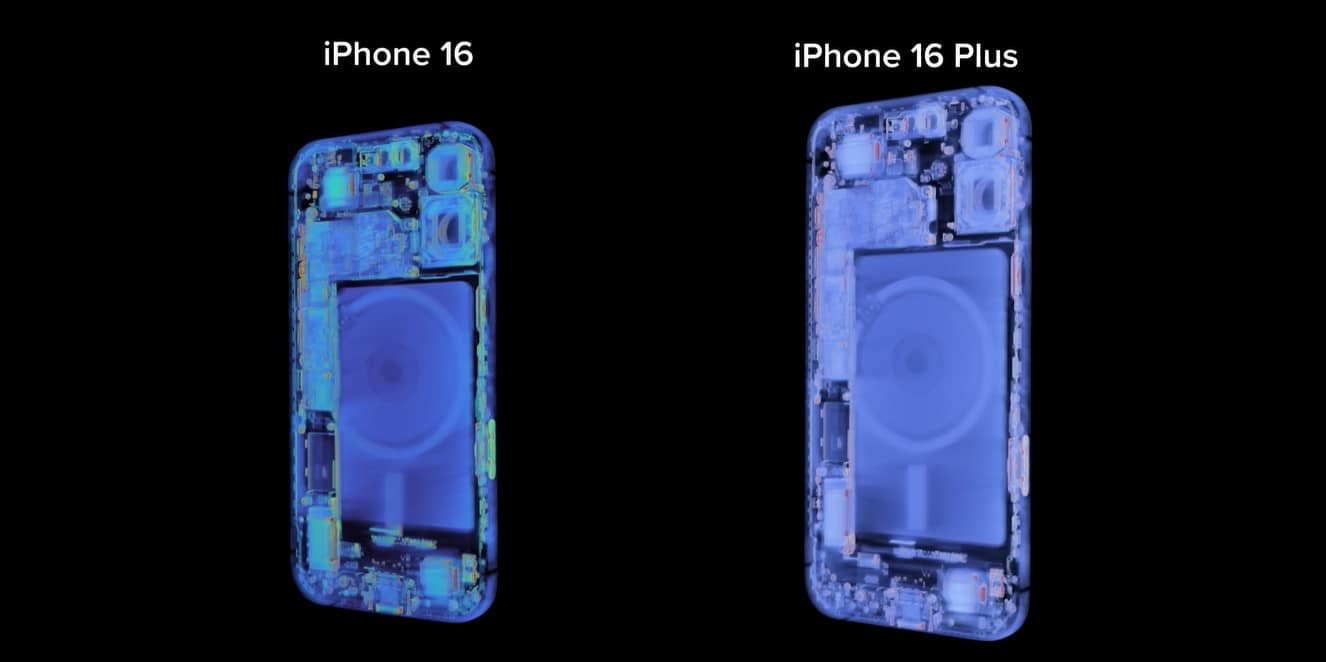


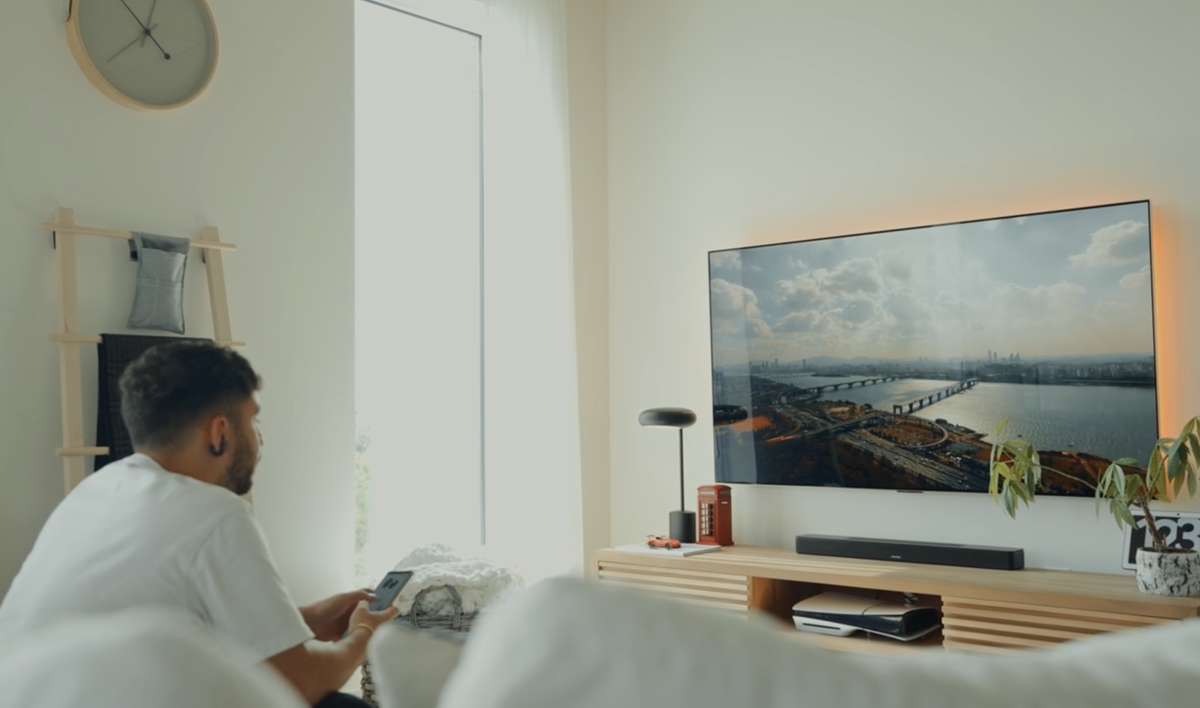
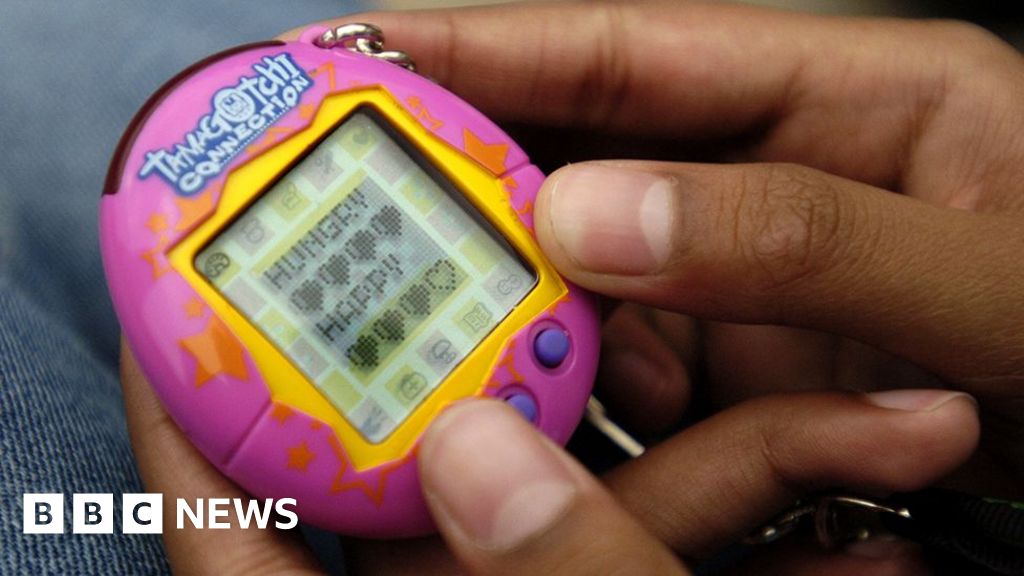




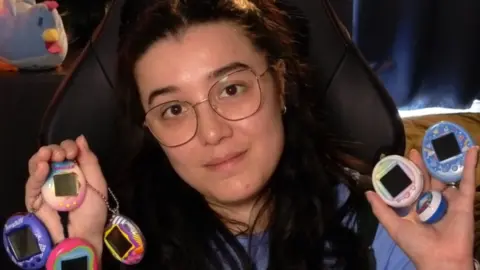

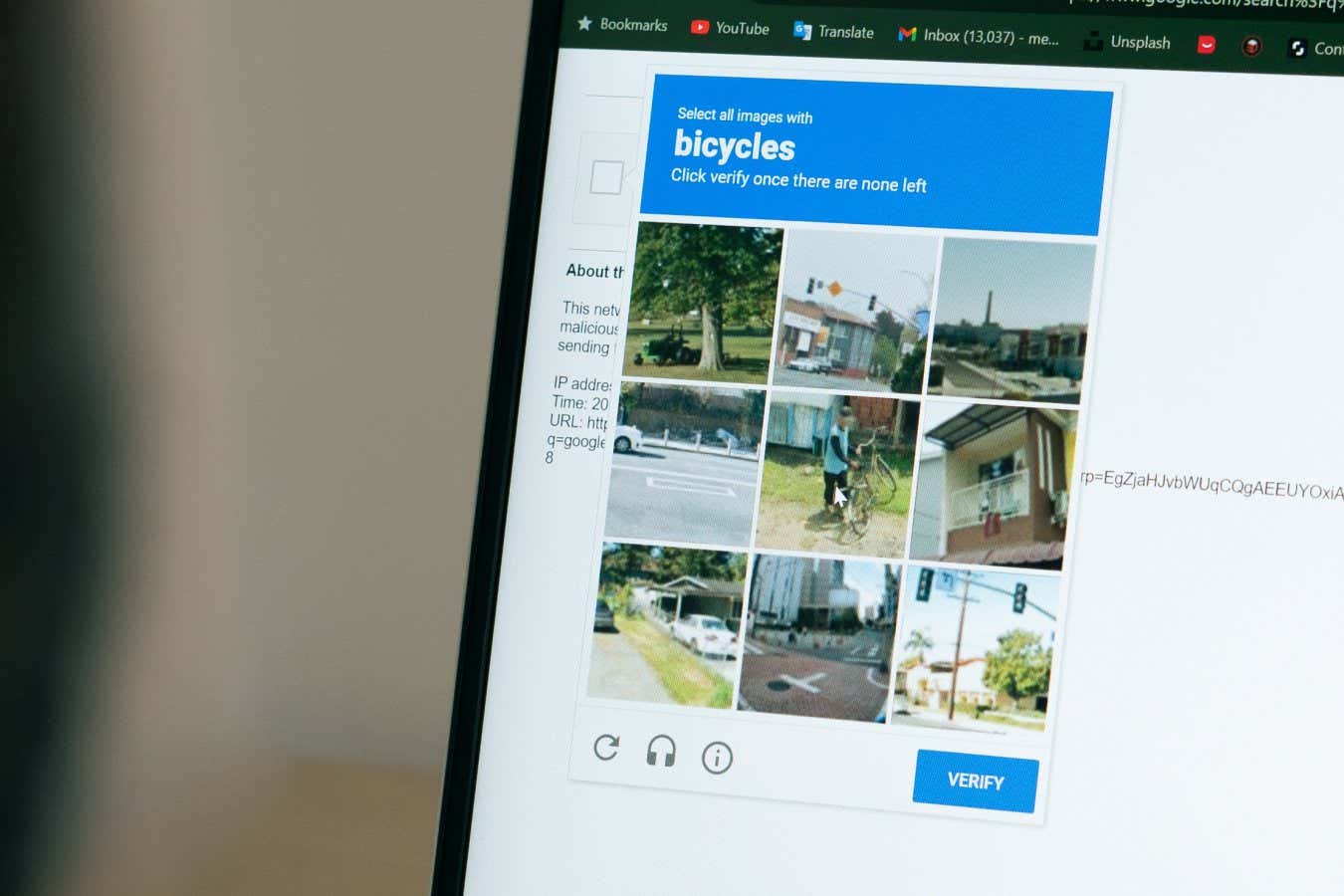
























































































































You must be logged in to post a comment Login